You have no items in your shopping cart.
Wine Vouvray
-
Top Selling
-
Top Selling
-
Top Selling
- -21%
Vouvray's vineyard has its roots with the first monks
In 372, the monks founded the monastery of Marmoutier, with Saint-Martin. It was therefore to make wine for mass and table for the monks that the first vines were planted. The Chenin has been planted there since that time, although it has another name in the texts. It was then called the "pineau de Loire". The wines of Vouvray were very popular in the Middle Ages, the Kings seized the vines and had the wines of the appellation served at their tables. The wines of those times were only still wines, i.e. without bubbles, but they gained notoriety over time. The town of Vouvray and its surroundings became well known: Balzac even set one of his novels there, "L'Illustre Godissart".
It was not until the 20th century that a Champagne man, Maurice Hamm, brought the methods of champagne winemaking into the Vouvray AOC. The already well-recognised white wines were supplanted by sparkling wines, which today have a worldwide reputation. Geographically, the vineyard extends over 2,200 hectares, in Touraine, on the right bank of the Loire. Apart from the town of Vouvray and its surroundings, the AOC also covers the towns of Chançay, Noizay, Reugny, Rochecorbon, Sainte-Radegonde-en-Touraine, Vernou-sur-Brenne, and much of Parçay-Meslay.
The 2,200 hectares of the appellation produce an average of 115,700 hectolitres, of which 48,200 are made into still wines and 67,500 into sparkling wines.
The Vouvray AOC flourishes perfectly on the banks of the Loire
The composition of the soil on the banks of rivers is always particularly interesting for vine growing. The banks closest to the river are composed of recent alluvium and Cenomarian marl. The few hundred metres of elevation that slightly undulate around the river are composed of chalk, yellow chalk, Seronian (a mixture of sand and flint clay), gravels and silt. These are therefore mainly mineral soils.
The climate is temperate oceanic, meaning that winters are rather mild, temperatures only very exceptionally fall below 0, and it rains a lot. Summers are quite hot, but remain milder than scorching.
The Chenin is the only grape variety used in the production of wines with the Vouvray AOC. However, Orbois, is legally allowed as an accessory grape variety, up to 5% of the total blend. But it is no longer a grape variety that is particularly planted in the region, so it is hardly used anymore. Chenin has the particularity of being very versatile: it is indeed as interesting vinified indry wine as in semi-dry wine or in sweet wine.
The winegrower chooses which style of wine he will make according to the exposure his vines have had and the year's climate. The warmer the year, the easier it will be to make sweet wines, and conversely, if the year is cool, dry wines will be more successful. It is in fact the sun that allows the grapes to produce their sugar. Since sweet wines contain more residual sugar, if there is little or no sunshine, it will be impossible to achieve the residual sugar levels necessary to obtain a sweet or even semi-dry wine during vinification.
This is indeed what differentiates the different categories of wine. The vinifications are similar, the specifications do not stipulate the use of oak barrels. Each producer is therefore free to vinify his wines as he wishes. Vouvray is moreover one of the appellations where producers have been trying out organic and biodynamic for a long time.
The vinifications of effervescents are identical to those of champagnes: the wine goes through a second fermentation in the bottle, which allows bubbles to appear. Sparkling wines must be stored on laths for at least 12 months before being marketed.
What are the taste characteristics of a Vouvray?
The colour of AOC Vouvray wines is straw yellow for sparkling wines, but can turn golden with amber reflections for wines with the highest residual sugar content, and therefore the sweetest. The colour of sweet wines also evolves with ageing, and becomes more intense.
On the nose, young wines are loaded with notes of flowers such as acacia, rose but also citrus fruits, especially for dry wines, in which we also find quite intense notes of apple and pear. Sparkling wines give off very buttery and brioche notes, very pleasant and enveloping.
On the palate, the dry wines are quite mineral, expresses all the power of Chenin. For sweet wines, the notes sensed on the nose intensify and lengthen on the palate, the body of the wine is enveloping and ample. The Vouvray wines know how to keep a lot of freshness, which makes them very pleasant. For the effervescents, the fine bubbles are particularly striking.
Sparkling wines should be drunk chilled, at 8°C, like sweet and semi-dry wines, which are best decanted. The dry wines can be served around 12°C. The greatest Vouvray moelleux can be kept for around ten years.
With what dish to pair a Vouvray?
The dry wines will go very well with fish and cream-based dishes such as seafood cassolettes, salmon tagliatelle or monkfish flambéed in cognac. Soft cheeses that are not very mature will also go well with dry Vouvray.
Sweet wines are perfect to drink as an aperitif or dessert, especially with apple, pear, nougat and almond paste dishes. Blue-veined cheeses such as Fourme d'Ambert or Bleu d'Auvergne will also be well enhanced by sweet Vouvray.
The sparkling wines will be excellent companions for the aperitif!
2 Vouvray domains to discover
Vincent Careme Estate
Vincent and Tania Carême grow their vines and mature their wines in a traditional way and with a lot of heart. This Dry Vouvray will make you discover the mineral subtleties of Chenin.Cave De Vouvray
The Cave de Vouvray is a cooperative created in 1953, and today counts 40 producers, particularly attached to this cooperation which has now lasted for several generations. This cuvée perfectly embodies the terroir of Vouvray.Anjou-Coteaux-de-la-Loire
Blanc Fumé de Pouilly
Chaume 1er cru des Coteaux-du-Layon
Coteaux-de-l'Aubance
Coteaux-du-Giennois
Coteaux-du-Vendômois
Côtes-d'Auvergne-Châteaugay
Côtes-de-la-charité
Côtes-du-Forez
Cour-Cheverny
Gros-plant du Pays nantais
Haut-Poitou
Montlouis-sur-Loire Pétillant
Mousseux
Orléans
Orléans-Cléry
Quarts-de-Chaume
Saumur Mousseux
Saumur Puy-Notre-Dame
Touraine-Azay-le-Rideau
Touraine-Mesland
Vin de Pays d'Urfé
Vin de Pays de la Vienne
Vin de Pays de Loire-Atlantique
Vin de Pays du Jardin de la France
Vin de Pays du Loir et Cher
Vin de Pays du Puy de Dôme








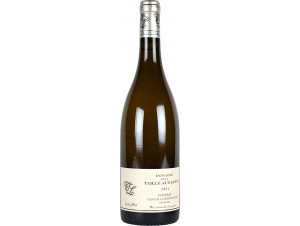
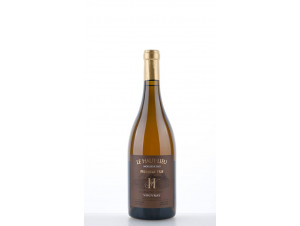
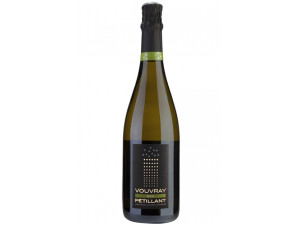


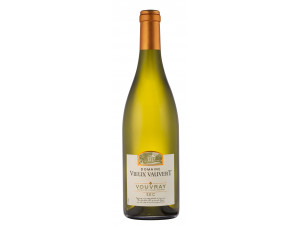


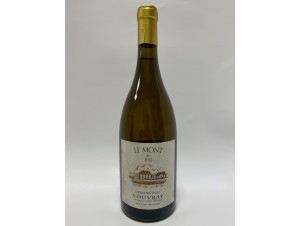

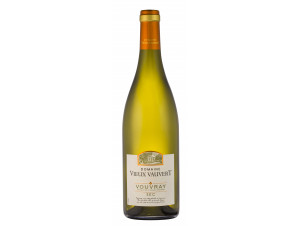


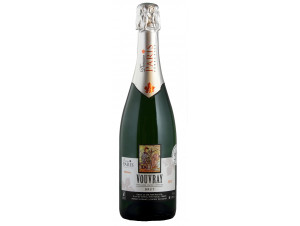


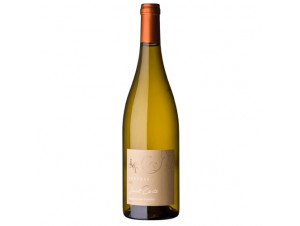

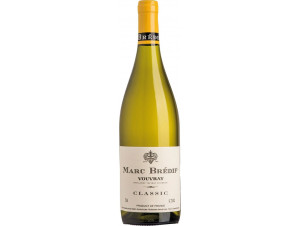






 TWIL - Achat de Vin
TWIL - Achat de Vin


